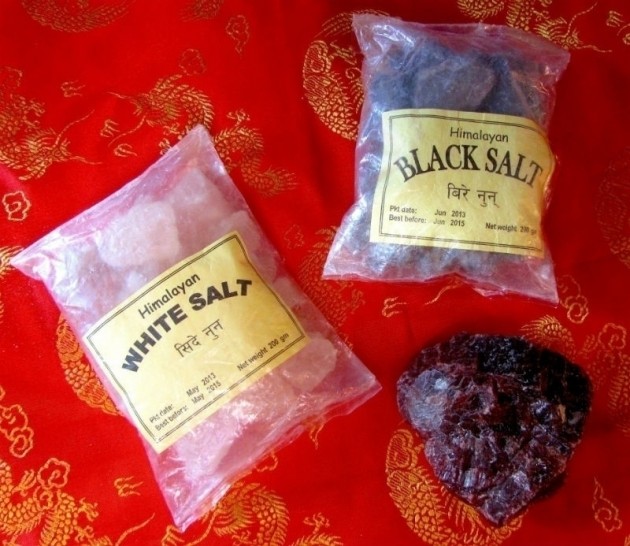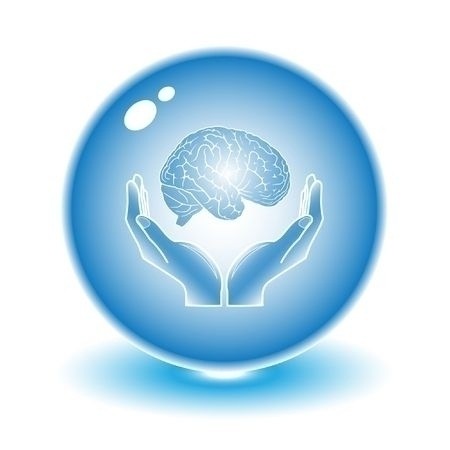A rule of thumb to use in investigation is to remember that nerves are usually irritated by pressure, or gluteus medius muscles gradually spasm to protect the joint which the body perceives as injured. The splinting spasms produce pressure on the sciatic nerve as it exits the pelvis, causing irritation. Additionally, in a common anatomical variant, the sciatic nerve may pass through the piriformis muscle, which if in spasms, pressures the nerve. Sciatica is rarely a result of frank trauma, although stretch of the nerve can result from an injury to the leg or vertebral trauma. Practitioners of Chinese medicine have often noted that sciatica along the lateral thigh is often associated with a history of gallbladder problems since that is the path of the associated acupuncture channel.
Onset is usually gradual as the nerve becomes inflamed. Treat the cause. Sciatica is rarely a primary diagnosis. (Ice often brings immediate temporary relief.) Sciatica usually causes splinting spasm of other muscles and may cause favoring of the opposite leg. The practitioner must work to make the person comfortable while seeking the underlying cause
Symptoms
Burning along the tract of the sciatic nerve, usually in the buttocks and extending downward in the posterior leg; spasm of the gluteal or piriformis muscles; burning pain increased by direct pressure to the nerve; straight leg raise causes worsening of sciatic nerve irritation; knee may buckle upon loading as long-standing pain causes weakening.
Nutrients Involved
Vitamins B1, B12, D, E, and vitamin B-complex
Suggested Nutritional Supplementation
- Kaprex® - 1 softgel twice daily
- Non-responders by day 5 move to 3 softgels daily
- Time to benefit: Immediate to 10 days.
Kaprex is a clinically tested herbal dietary supplement that provides natural joint relief that is easy on the gastrointestinal (GI) tract. It works by interfering with signals in the body that initiate the production of damaging compounds that cause minor pain and negatively impact cartilage and other joint tissues.
- Neurosol - 1 softgel 3 times daily.
Peripheral nerve support.
- Calcium AEP - 3-12 capsules per day depending on need to support nervous system function and alleviate any physical or emotional stress symptoms.
Dietary calcium supplement to support nervous system function.
Dietary Suggestions
- Anti-Inflammatory Diet
Exercise Considerations
- After relief of pain, strengthen gluteus medius, abdominal and lumbar muscles
- Stretching exercises for same muscles and hamstrings
- Stretching of piriformis






